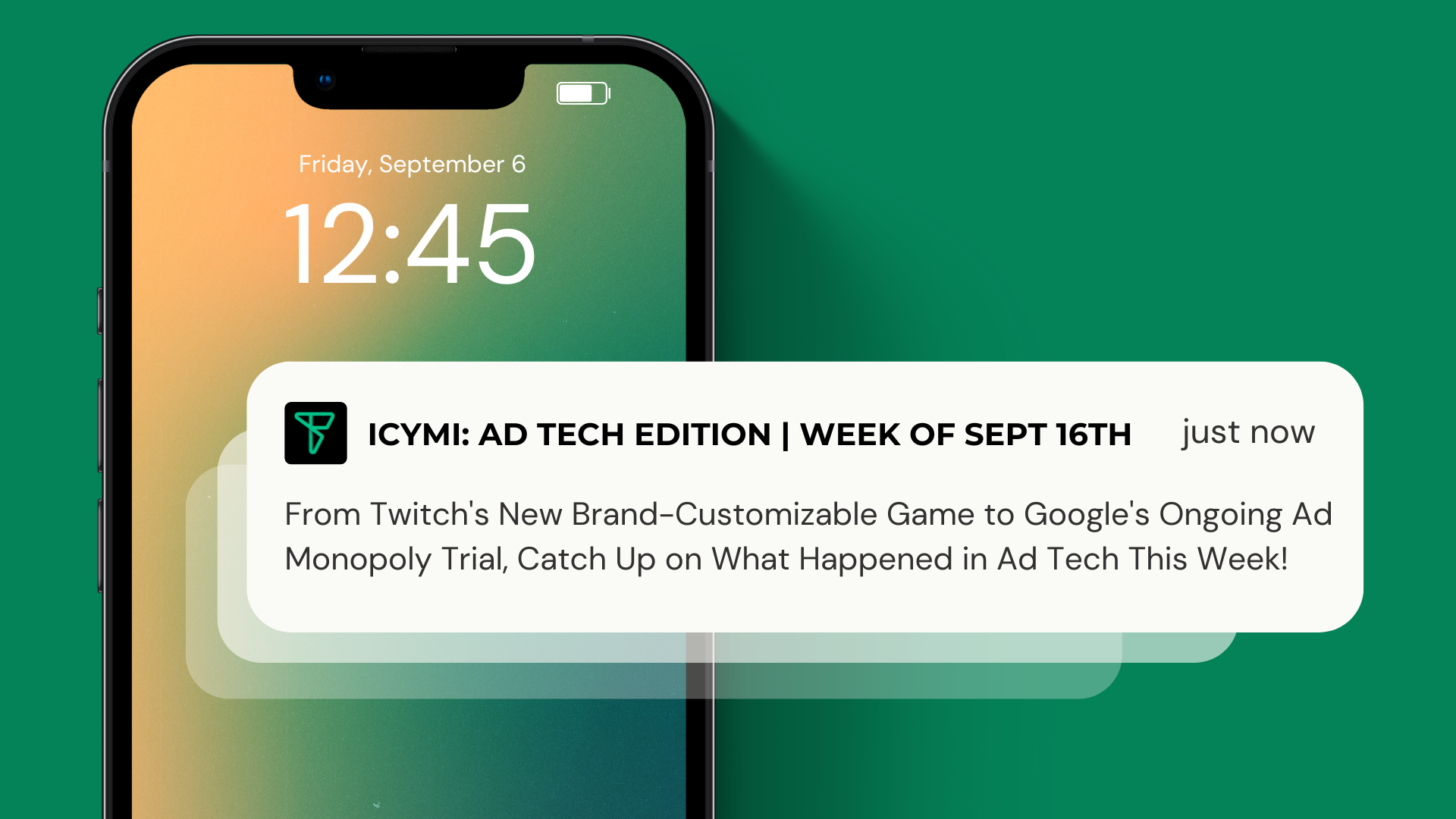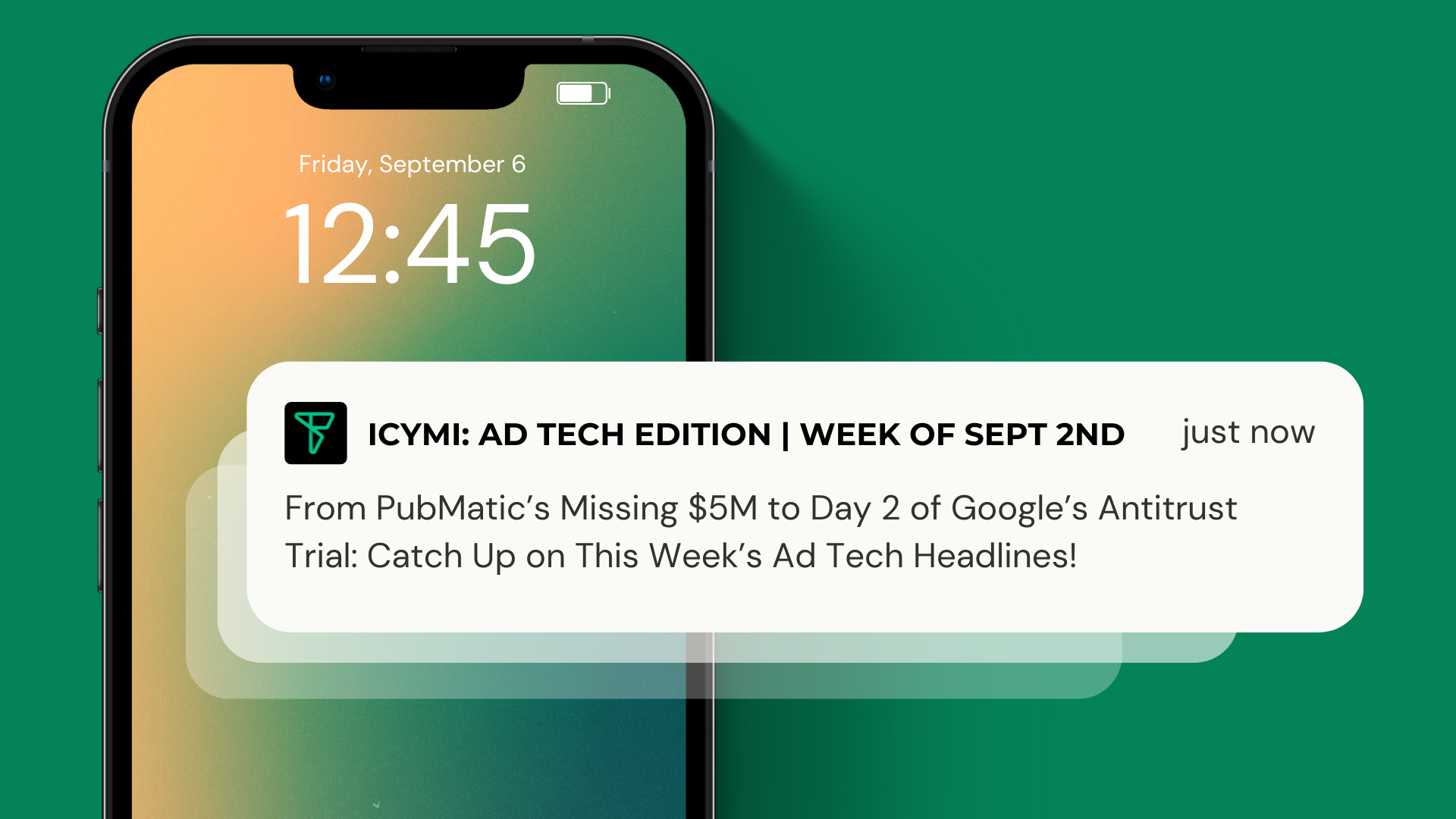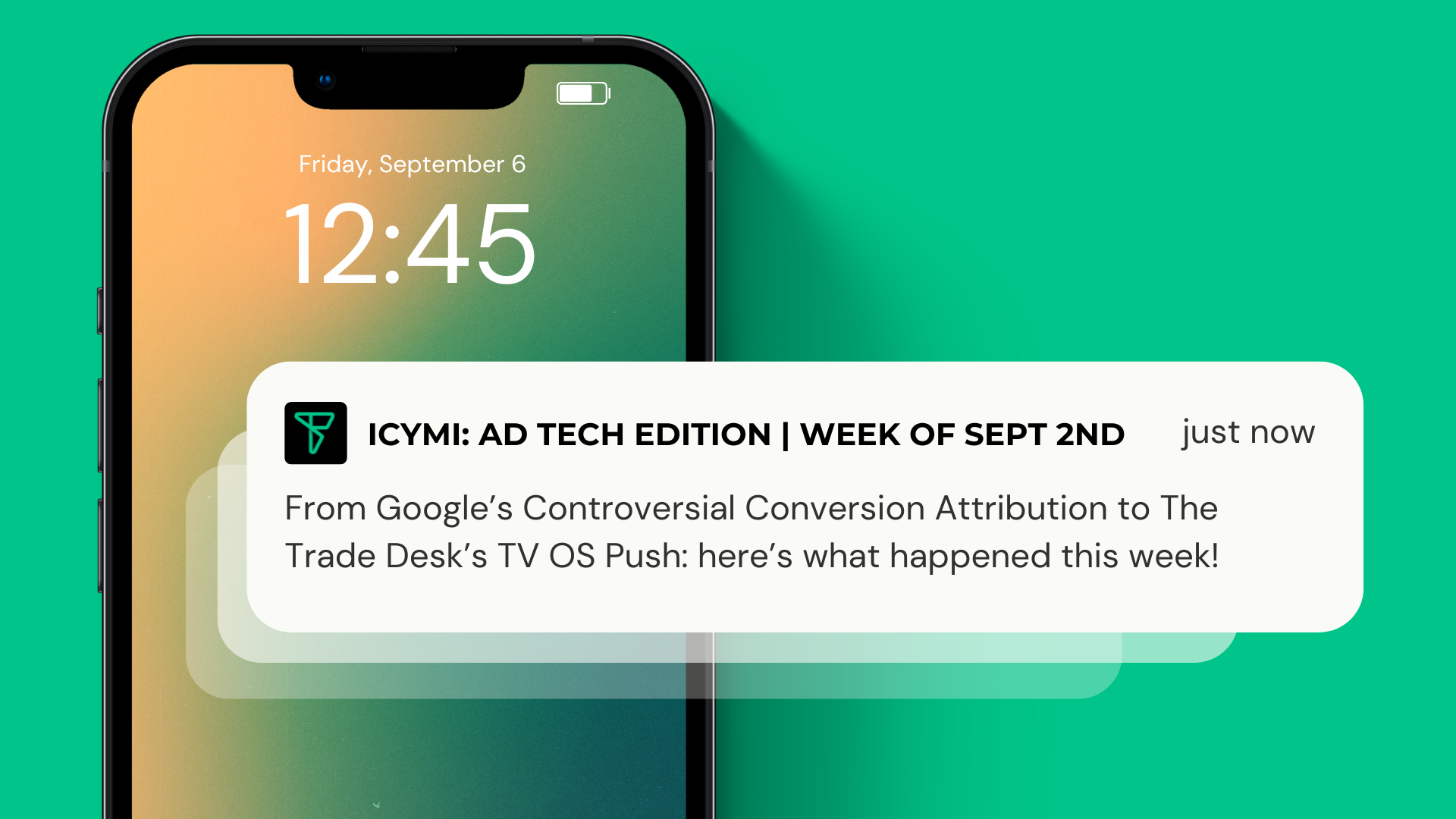Bits and Bobs from around the industry:
AdExplainer: Client-Side vs. Server-Side Header Bidding: What’s The Difference?
In client-side header bidding, the user’s browser provides the computational memory for ad auctions, and it is easier to set up, offering benefits such as flexibility and transparency. Advertisers can gain more insights into users, enhancing CPMs for publishers. Additionally, client-side header bidding allows for more customization of header-bidding adapters, providing adaptability to the needs of both advertisers and publishers.
On the other hand, server-side header bidding addresses concerns about page load times, as the bulk of computational processes occur on a remote server. This method is more complex, expensive, and less established than client-side, but it offers advantages such as the ability to add more SSPs without affecting page loading and suitability for emerging channels like CTV, digital out-of-home, and app-based environments.
The use of both client-side and server-side header bidding in the same auction is a strategic approach for publishers. It allows them to leverage the benefits of both methods while optimizing the auction setup based on the performance of specific SSPs. However, the impending deprecation of third-party cookies may impact the landscape, potentially shifting the industry more towards server-side integrations as client-side header bidding’s reliance on cookies becomes less relevant. The ongoing evolution in programmatic advertising technologies and the quest for the most efficient and effective auction setup will likely shape the future adoption of client-side and server-side header bidding strategies.
A Deep Dive into Google’s Privacy Sandbox: PAAPI and TOPICS
This article explores two initiatives within Google’s Privacy Sandbox framework—Protected Audience API (PAAPI) and TOPICS—aimed at reshaping digital advertising with a focus on user privacy. PAAPI, formerly known as FLEDGE, allows advertisers to target specific audience segments without accessing personal user data directly, emphasizing user privacy. TOPICS aims to replace third-party cookies by categorizing user interests into topics based on browsing history, executed locally on the user’s device. The article provides a deeper dive into the advanced features of PAAPI, including its auction types, participants, and sequential auction setup.
The sequential auction setup involves a combination of contextual auctions and Protected Audience auctions, prioritizing contextual results as benchmarks for Protected Audience auctions. This setup integrates with existing systems like Prebid.js, ensuring a seamless blend and optimization for user privacy and revenue for publishers. The Privacy Sandbox initiative is part of Google’s broader strategy to phase out third-party cookies, with the M120 release in early January 2024 marking the initial step in this transition. The article discusses the core principles of the Privacy Sandbox, balancing privacy and functionality, and highlights industry reactions to this radical departure from traditional ad targeting. As browser cookies face obsolescence, Google’s move represents a paradigm shift in the digital advertising landscape, sparking interest in how the industry will adapt to these groundbreaking changes.
3 key Measurement Considerations to Drive Business Growth in 2024
The evolving landscape of digital advertising, is driven by privacy regulations, consumer demands, and platform updates like Chrome’s deprecation of third-party cookies in 2024. Google emphasizes the importance of a strong measurement foundation to navigate this transition and leverage AI for long-term business performance. Three critical measurement considerations are addressed:
- Measuring Campaign Success Post-Third-Party Cookies:
- With third-party cookies phasing out, marketers are encouraged to rely on a strong foundation of first-party data.
- Google AI utilizes this data for insights and customer targeting without compromising privacy.
- The challenge is noted, as many marketers find their first-party data fragmented and unstructured.
- Privacy-Preserving Tools and Sitewide Tags:
- Sitewide tags are crucial for ingesting high-quality first-party data and understanding customer interactions.
- Google offers solutions like Google Ads Data Manager to simplify data management and improve measurement.
- Proper sitewide tagging, exemplified by The North Face’s case, enables real-time adjustments and revenue growth.
- Relationship Between First-Party Data and AI:
- First-party data serves as premium fuel for AI tools, enhancing their output and performance.
- Concerns about losing control over data are addressed, emphasizing that individual advertiser data remains fully protected.
- An example from Swapfiets demonstrates impressive results, showcasing how AI and first-party data can drive new customer acquisitions.
Marketers are encouraged to prepare for a future without third-party cookies by building a robust measurement foundation, leveraging high-quality data, adopting durable tag solutions, and embracing AI for better business outcomes in 2024.





